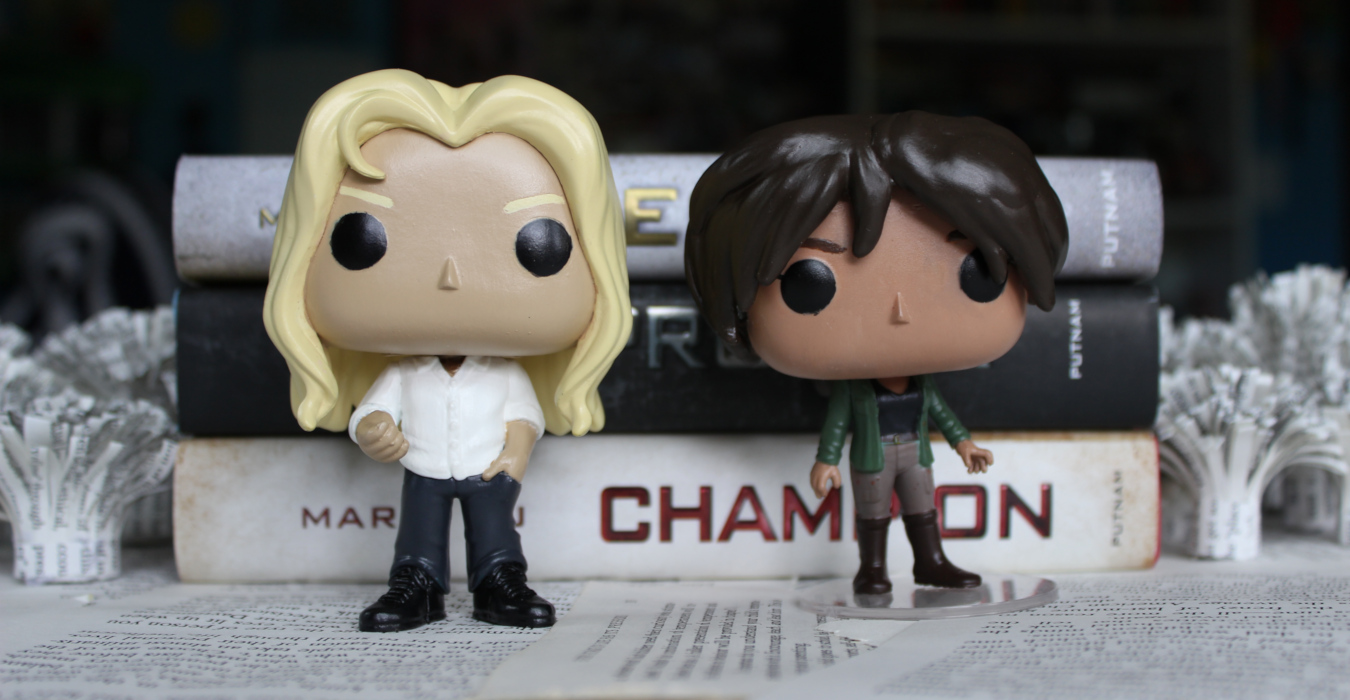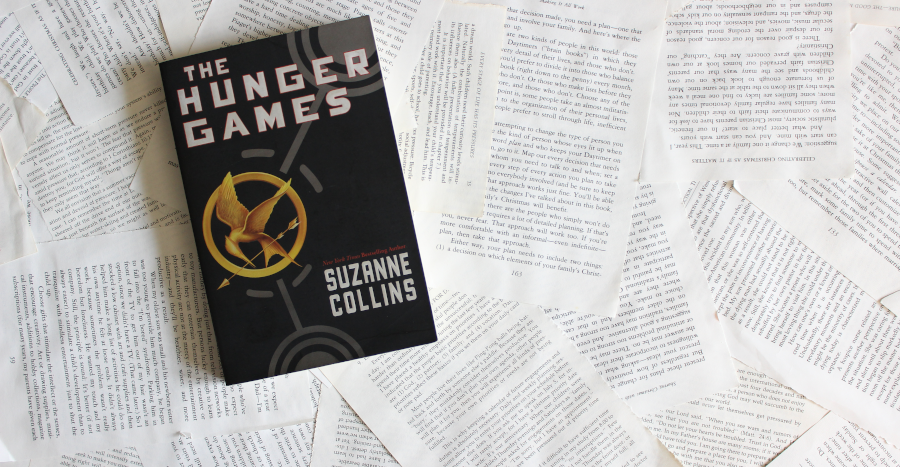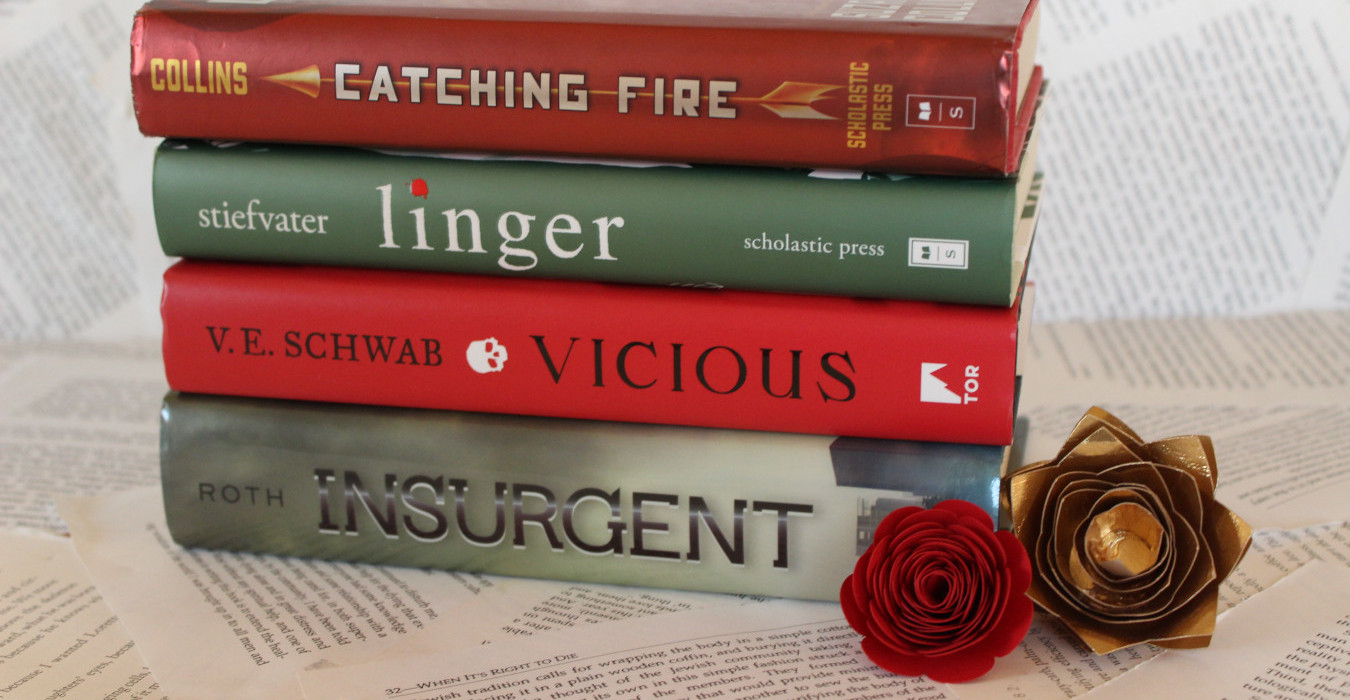Let’s say we go to an ice cream parlor. My treat. I order my sundae, which is chocolate ice cream with peanut butter sauce, cookie dough chunks, whipped topping and rainbow sprinkles (no cherry). You open your mouth to order yours, but I cut you off and say, “We’ll both have the same thing.”
“But Maggie,” you protest. “I don’t like chocolate ice cream. And I’m allergic to peanuts! I’d much rather have vanilla ice cream with fudge and oreos on top!”
“Well, you’re wrong. My sundae is the best kind of sundae, so you’ll just have to learn to like it,” I say.
Sounds stupid, doesn’t it? Aside from the fact that my sundae would probably lead to me having a heart attack someday soon, it’s not gross or detestable. Neither is yours. Neither sundae is right or wrong, we just have different tastes in ice cream and its toppings, and there’s nothing wrong with that.
Sometimes though, I think we get a certain idea about stories – we think that they have to be a certain way, and anything that doesn’t fit that mold is morally reprehensible. Granted, there are a few things that any story should have: your characters should be well-rounded and the plot should be coherent. Just as you wouldn’t put pickles on your strawberry ice cream, you wouldn’t write a story without those important elements.
But from there, who’s to say what the rules are? All audiences have different tastes when it comes to character and story tropes, so it’s just a matter of figuring out which ones work and hoping that the right person finds your story.
I try to keep an open mind when it comes to stories, but if I’m being honest, there are a few tropes that just get me, you know? Like, if I see one of those tropes in a story, and it’s being done well, it’s safe to say I’m hooked. I’ve compiled a list of a few of my favorites today – maybe you’ll agree, maybe you’ll disagree, but hey, that’s the fun of it!
(more…)













6 responses